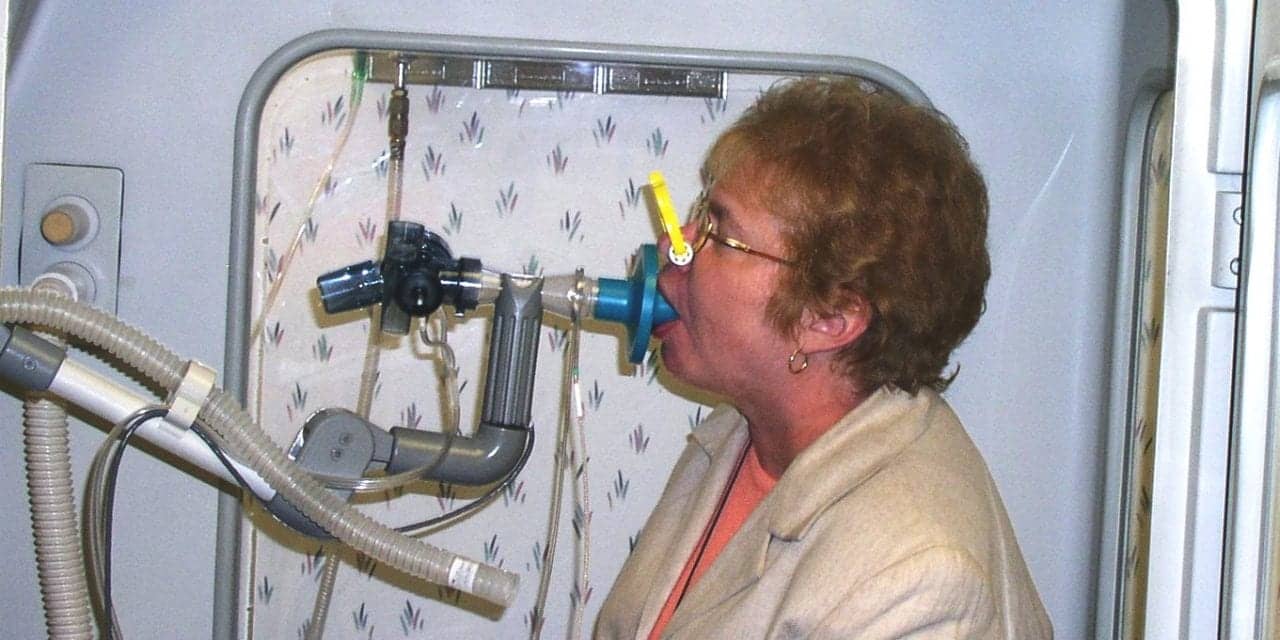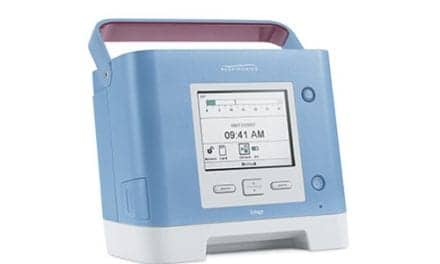The preservation of lung gas exchange surface area was shown to be a better predictor of exercise capacity in COPD patients than mechanical measures of lung mechanics.
Resting measures of hyperinflation and maximal expiratory flows did predict exercise capacity in the study, conducted by researchers at the Mayo Clinic’s Arizona facilities and Florida Hospital in Orlando.
But single breath lung diffusion testing was found to be a better indicator of exercise capacity in the study, reported in a poster presentation at CHEST 2016, the annual meeting of the American College of Chest Physicians.
“When we analyzed the data we found diffusion capacity to be a much better marker when it comes to assessment of shortness of breath,” lead researcher Mehrdad Behnia, MD, of Florida Hospital, told MedPage Today. “It correlates better with shortness of breath compared to mechanical parameters like FEV1 and FVC.”
He added that assessment of exercise capacity may be a more meaningful measure for COPD studies than these mechanical assessments typically used.
“Exercise capacity is rarely used as an endpoint in drug studies and other studies, but this may change,” he said. “I think it will be important for future studies to include physiological parameters like diffusion.”
Photo Courtesy of MetroHealth









